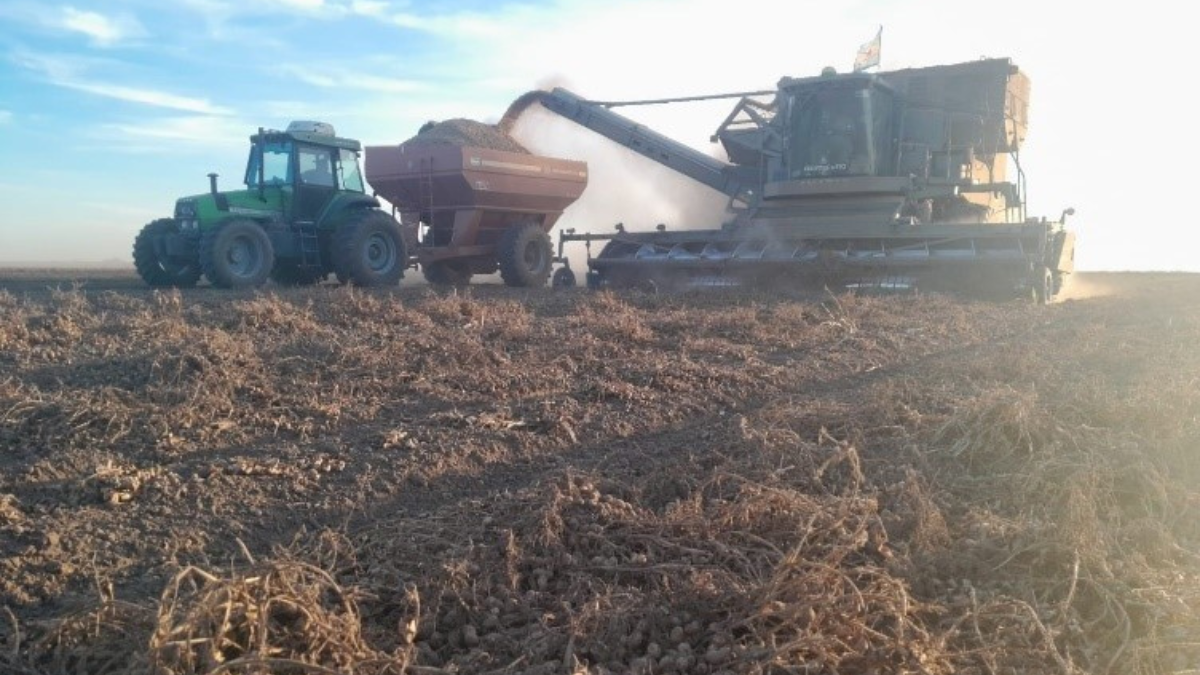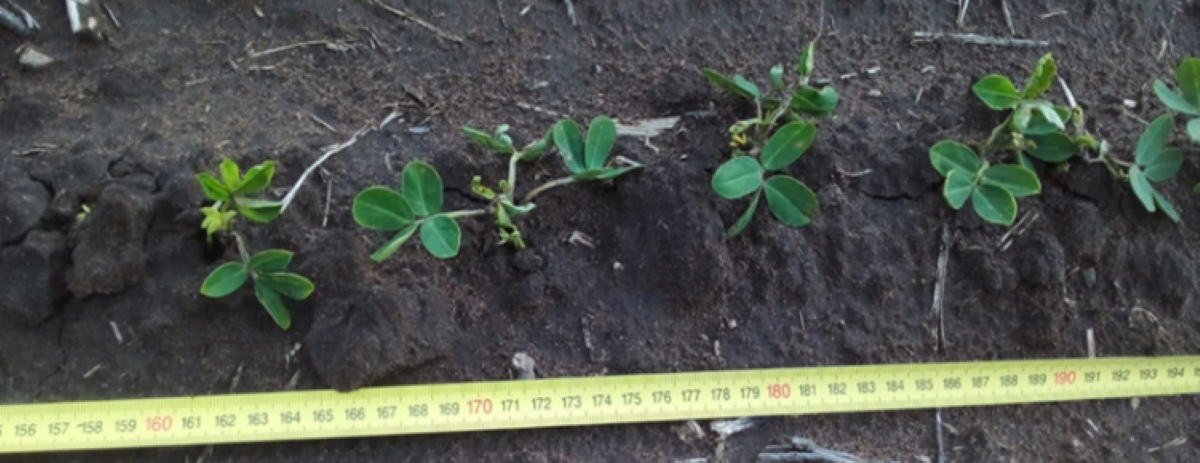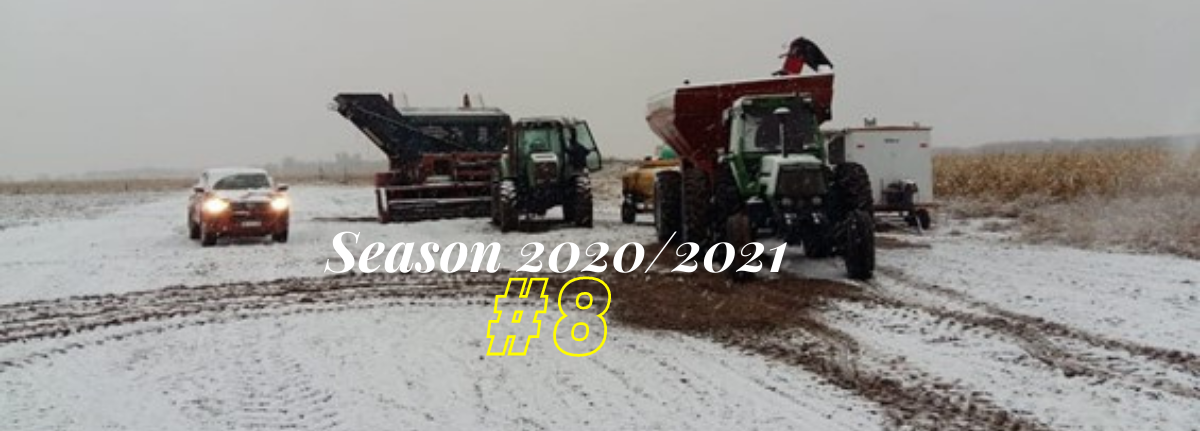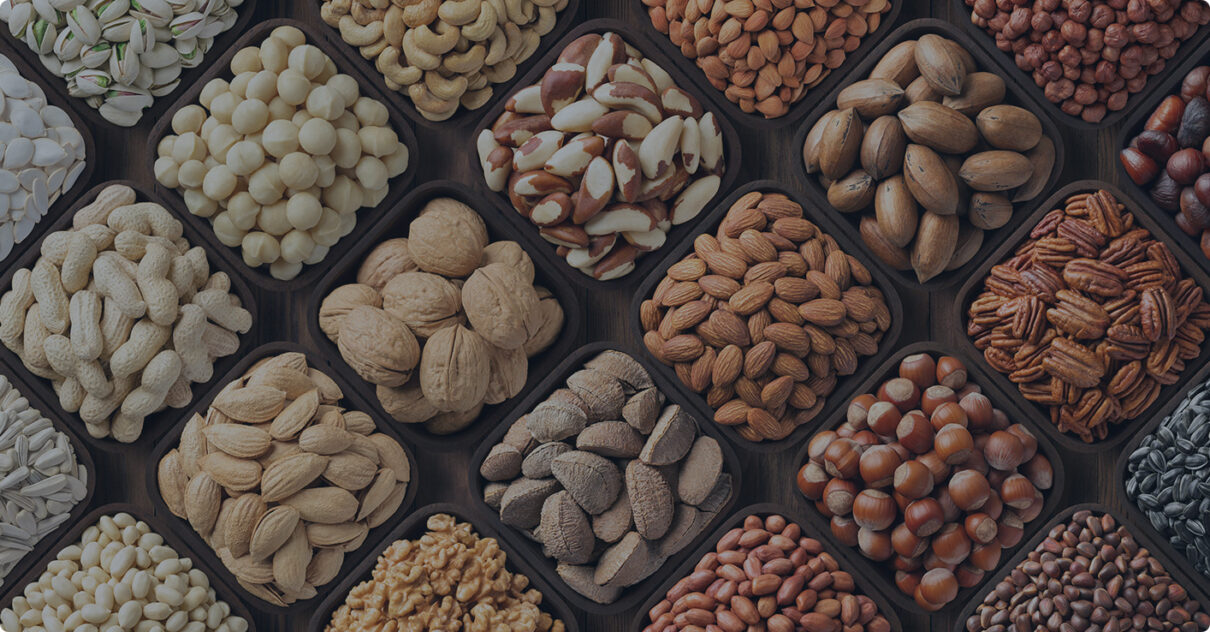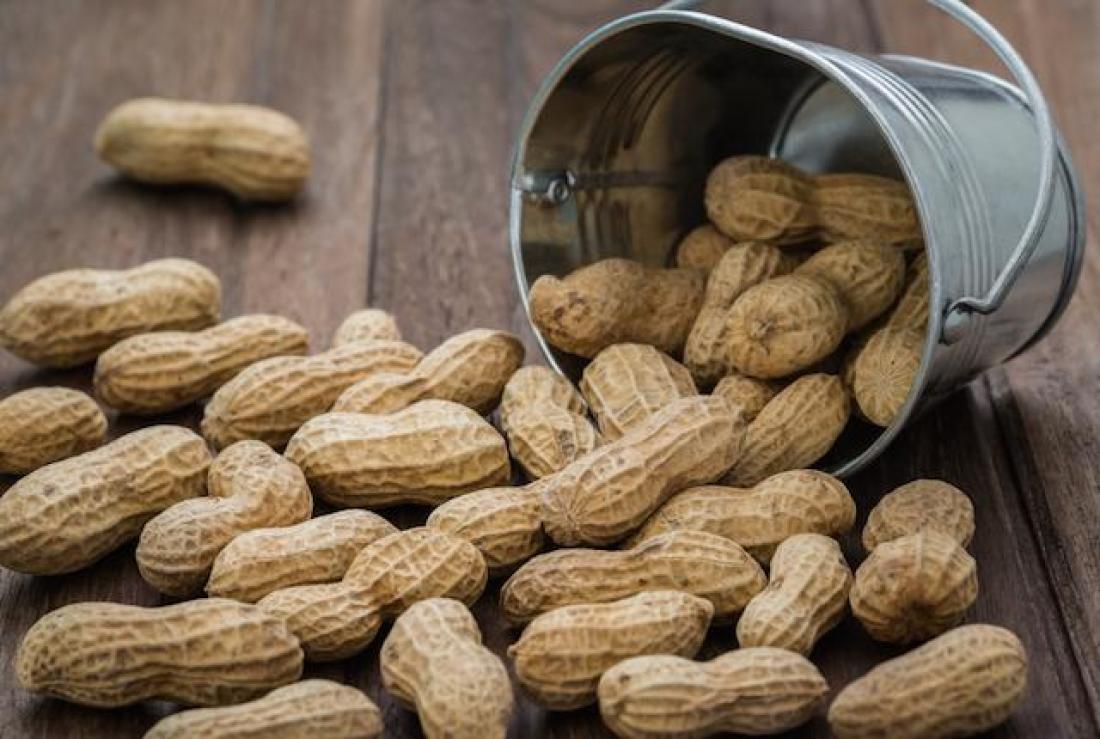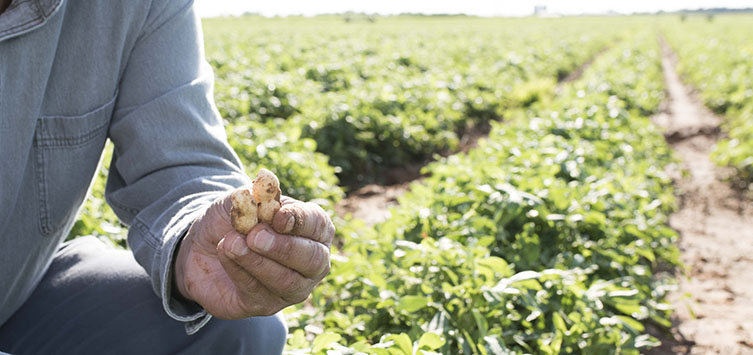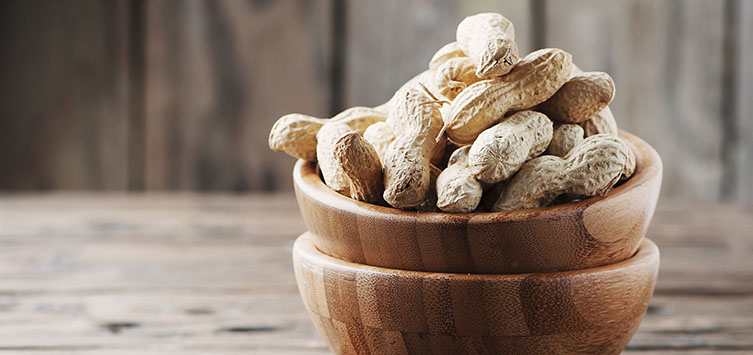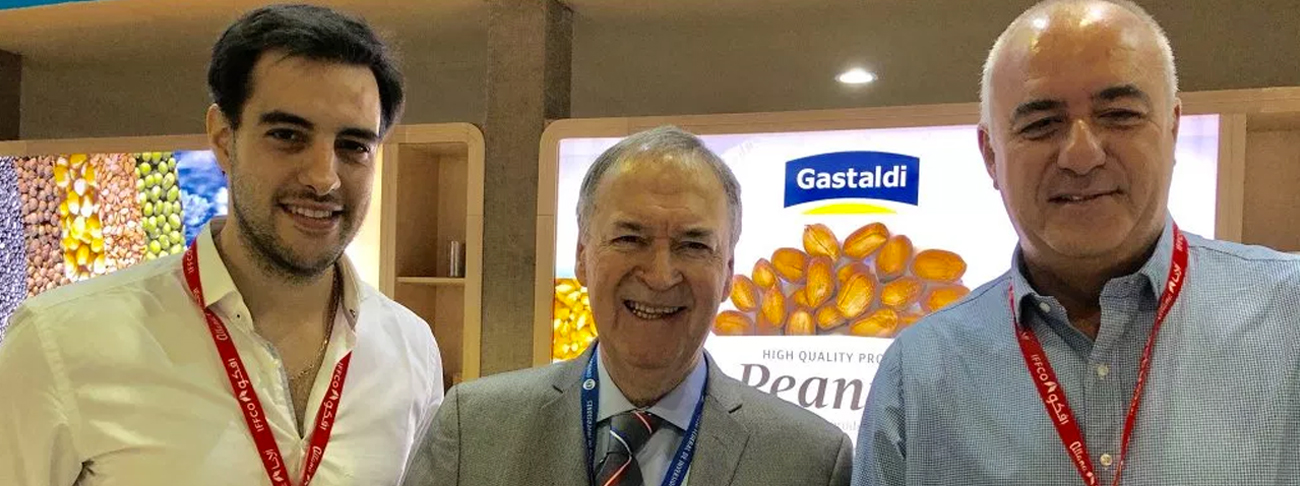
Argentine Peanut Crop Report as per February 4th, 2022
General perspective
Now that January is over, and after the field trips, we share our comment on the current situation of peanuts in the different production areas.
The peanut crop continues to go through its cycle of development and growth. The weather conditions are adequate which implies, in general, a good evolution of the crop.
In our previous report we mentioned that the 2021/2022 season had started with a significant rainfall deficit, these circumstances were reversed at the end of January, so the planted peanuts managed to leave behind the timely reported water stress condition. All the areas detailed in our reference map are in good condition, except for the Central area, which has received less rainfall in recent months and requires a higher water demand than the other areas.

Meanwhile, extended weather forecasts predict a very erratic rainfall season for the months of February and March. Therefore, although the peanut crop is currently in good condition, it is too early to get meaningful conclusions about yields.

Over the last few weeks, peanuts have notably increased their growth, showing an important development in the production of pegs and pods. Those lots that were planted early (October 2021) have already started the grain formation stage.
In terms of diseases, the second applications of preventive fungicides were carried out to control leafspot and in relation to pests, isolated red mite was controlled.
The Peanut crop is going through the stage of pegging and pod formation (Reproductive stage R3-R4), a stage of high environmental demand in terms of rainfall and temperatures.
According to our criteria, after the field trips, the condition of the crop to date is as follows:

From the chart above it can be concluded that the evolution is better than the forecasted climate perspectives raised at the beginning of the season. We also believe that the conditions are not good enough to repeat the excellent yields obtained last year.
It is too soon to predict an average yield of the crop, but if there is rain in the following two months, we could be talking, in general, of a good productive year.
Precipitation and temperature analysis
Since the date of the last report, new rains have been recorded throughout the entire peanut area. January brought records of significant magnitude and intensity, although most of the rains occurred at the end of the month.
The Central area was the one that received less rains, therefore the planted farms show a significant delay in their evolution compared to the other areas, in addition to the delay in their growth. Here the crops show heat and water stress.

Rainfall reported in various locations, such as: Jovita, Laboulaye, Mataldi, Melo, among others, caused significant damage to rural roads and in some farms planted on lower fields, due to the rainfall received in a short time. Some lots were not drained on time and affected the performance of some tasks such as weed control and fungicide applications. To avoid the use of ground equipment due ti the conditions of the farms, aerial equipment was used for the applications of fungicides for leafspot control. In any case, these are isolated cases and in specific locations.
We also highlight radical climate conditions in the central area. In towns to the west of Rio Cuarto, where the fall of hail caused considerable damage to the peanut farms. In the days to come, we will see the progress of the affected farms, although we consider that the recovery capacity of the peanuts is remarkable.
On the other hand, the areas of the centre of Cordoba continue to be the most affected in terms of water deficit. During the first days of February (Wednesday 2 and Thursday 3), there were new rainfall, but of low intensity, which were registered in the central area. While this brings great relief to highly stressed crops, records show only 5-20 mm rainfall.
Regarding the thermal registers, the January temperatures showed normal values according to zonal statistics; the minimum temperatures were around 17° C, while the average maximum temperatures were between 31° C and 34° C. (Source SMN).
Extended forecast trends
The following image models the probabilities of occurrence of each event according to ENSO. The month of January (2022) ended with little probability of rainfall, followed by the months of February and March, which show the same rainfall trend as the previous month. The occurrence of a ‘’El Niño’’ is null, but a neutral year begins to be evident from April 2022. Therefore, it would indicate that, if the ENSO simulation model is fulfilled, we would continue to have an erratic campaign in terms of rainfall, since they could be scarce in some areas and abundant in others, characteristic of these Niña models with settlement of a neutral year.

As described in the graph, the climatic probability (lines) is that the long-term trend refers to a neutral year starting in April, but the settlement of the Niña year is still very present above any other model.
Distribution of useful water in Córdoba
Soil moisture can be at its maximum retention capacity or farm capacity (in which the extraction of water by plants occurs without any difficulty). Between the farm capacity and the permanent wilting point there is the range of what we call Useful Water.
The figure shows that, at the beginning of February, in the peanut area, the values are between 30% North Zone, 10% Central area and 50% East and South area of useful water in the soil profile. (Temporary drought condition).


Projected tasks
The second applications of preventive fungicides for the control leafspot were completed. This task was started in all areas of our reference map, except in those areas (center) that are experiencing the most severe water stress conditions. After the rains that have occurred in recent days, fungicide applications will resume.
Due to prevailing conditions of water stress, insecticide applications were intensified to control red mite. The presence of this mite is being monitored carefully, since immediate measures must be taken if its presence grows, because it causes irreparable damage to the crop.
On the other hand, the low efficiency in controlling resistant weeds continues to be a recurring and worrying issue, since post-emergent herbicides did not show the expected effectiveness in controlling weeds. Our deduction is that in the absence of rain, they were not incorporated into the soil, and this is probably the cause of their low efficiency. As a result, mechanical weeding of farms were carried out to reduce the impact of weeds.

Evolution of the phenological state of the crop
Plant phenology involves the observation, recording, and interpretation of events such as the production of leaves, flowers, and fruits. Based on these measurements, we come to the following conclusion:

In general terms, today, the peanut crop is in the active stage of pegging and pod formation (R3-R4), which indicates that in the coming weeks we will be entering the stage of seed formation.

Peanut Development Stages
V1: first tetrafoliolate leaf
V2: second tetrafoliolate leaf
V3: third tetrafoliolate leaf
V4: fourth tetrafoliolate leaf
V – (N): one to N developed nodes on main axis
R1: beginning bloom
R2: beginning peg
R3: beginning pod
R4: full pod
R5: beginning seed
R6: full seed
R7: beginning maturity
R8: harvest maturity
Final comments
As of the date of this report, and after going through the different farms planted with peanuts, we consider that the crop is in good phenological conditions in almost all areas, except for the Central area, which suffers from significant water stress.
Although there were few rains throughout the spring (September to December 2021), the summer brought with it significant rains that were distributed unevenly throughout much of the peanut area, but that allowed reversing the reported water deficit initially.
A good harvest yield forecast is beginning to take shape, but for this it is essential that the precipitations accompany the next 40-60 days.
In the different tours we were able to observe that the peanuts planted earlier have a better production of pegs and kernels than those lots that were planted later.
In these days the pegging stage will culminate to go on to the formation of pods and filling them. Peanuts are currently going through the phenological stages of early reproductive stages (R3 – R4).

In terms of diseases, two fungicide applications have been carried out to prevent the spread of leafspot.
Compared to the previous report, expectations have improved, but we want to be cautious, as there is still a long way to go to obtain the best possible results.
We must not forget that we are going through a year strongly marked by La Niña, so it is difficult to draw general conclusions for all areas, given that different areas, and even different farms within the same area, can receive uneven amounts of rain, creating thus prospects for very heterogeneous returns.
We hope to be able to make a first projection of yields in our next report.





Do you have a commercial inquiry?
Other questions or comments?
lamacario@gastaldihnos.com.ar
Visit us




